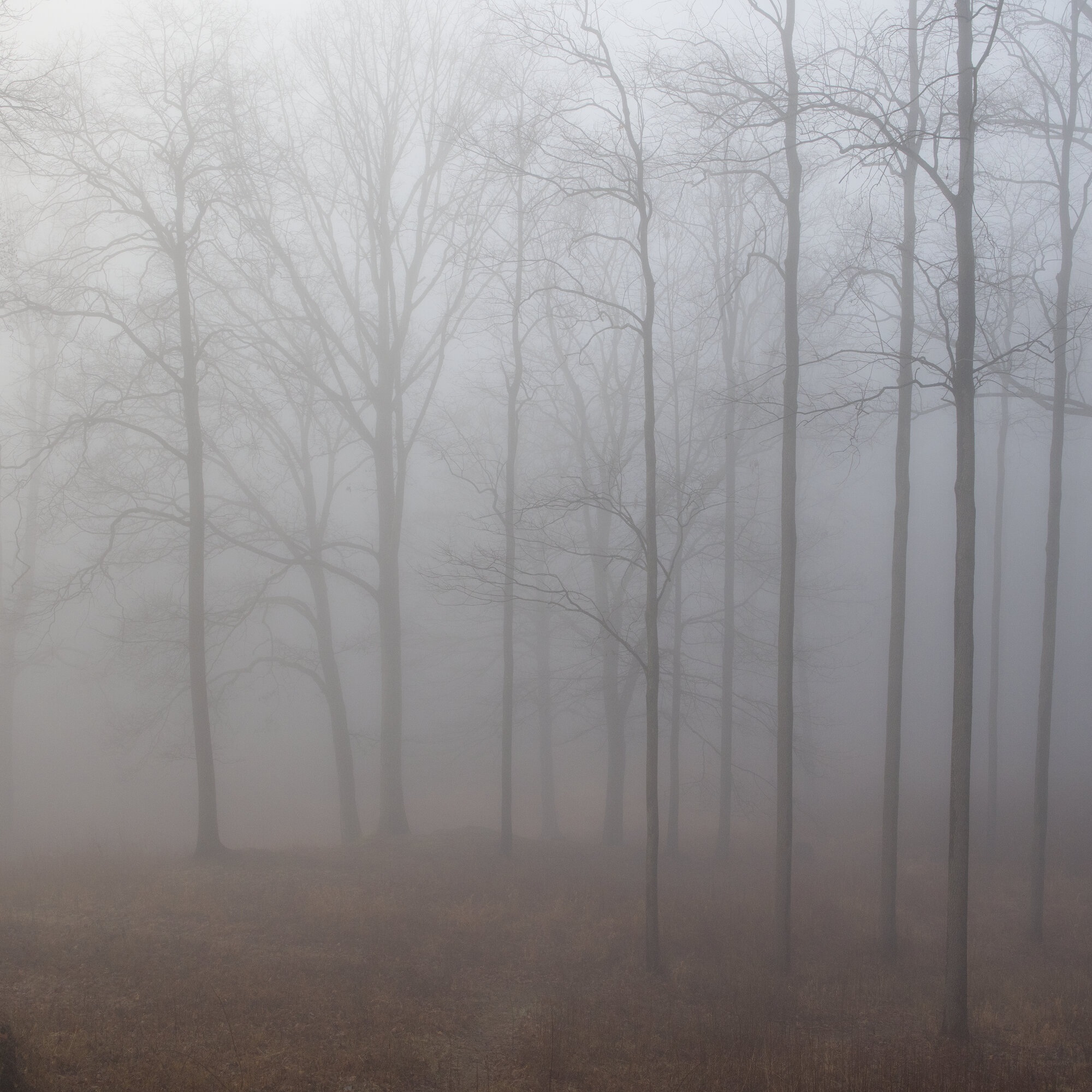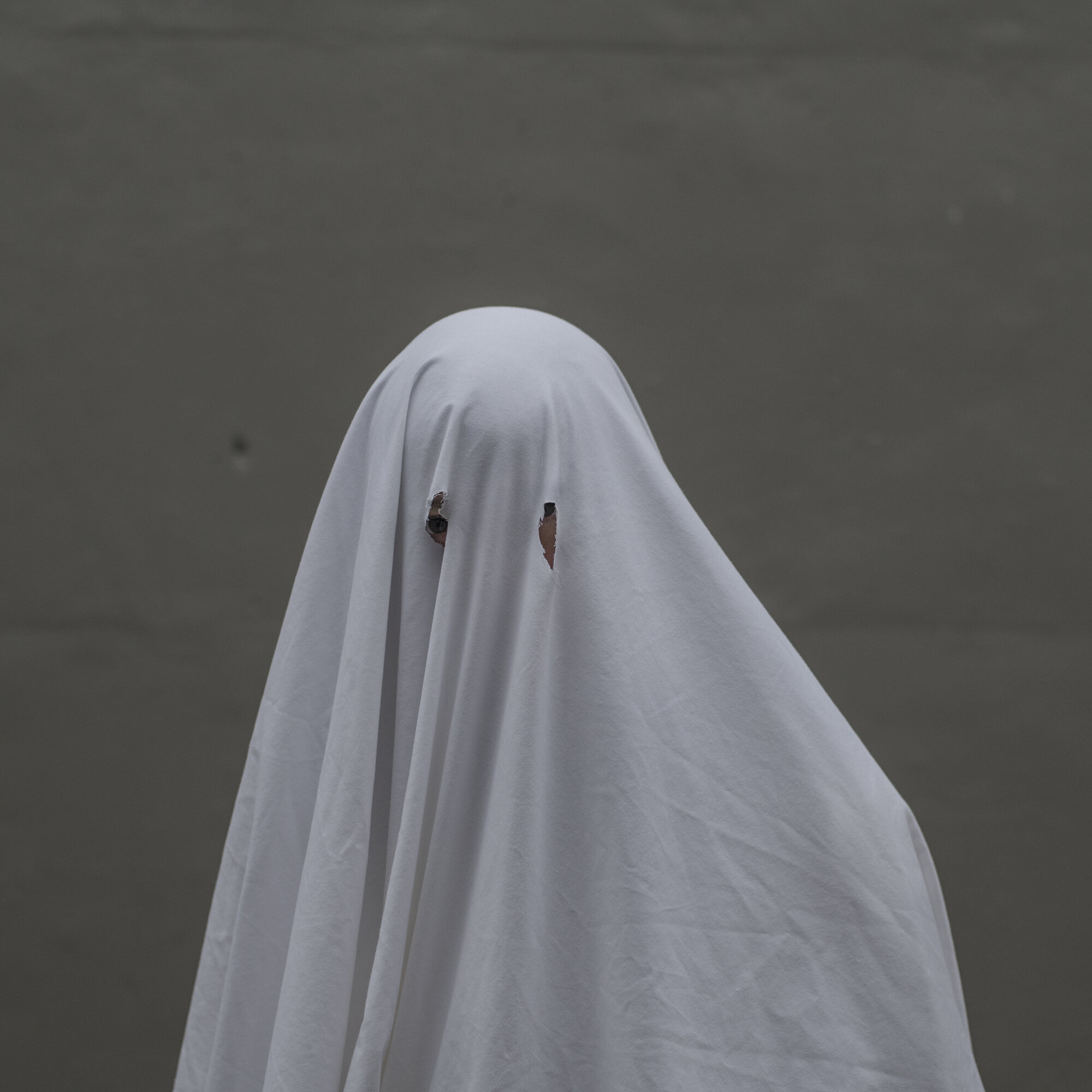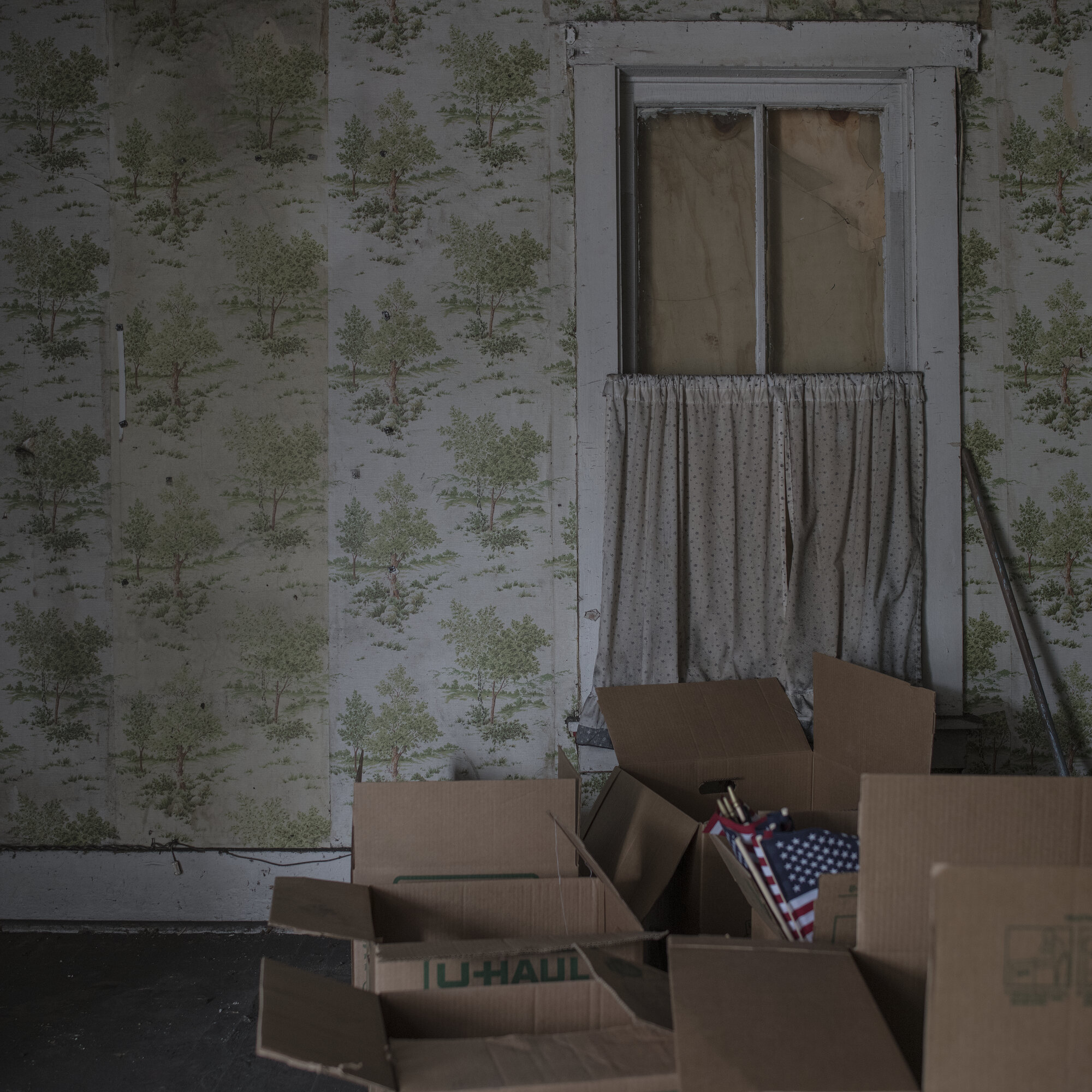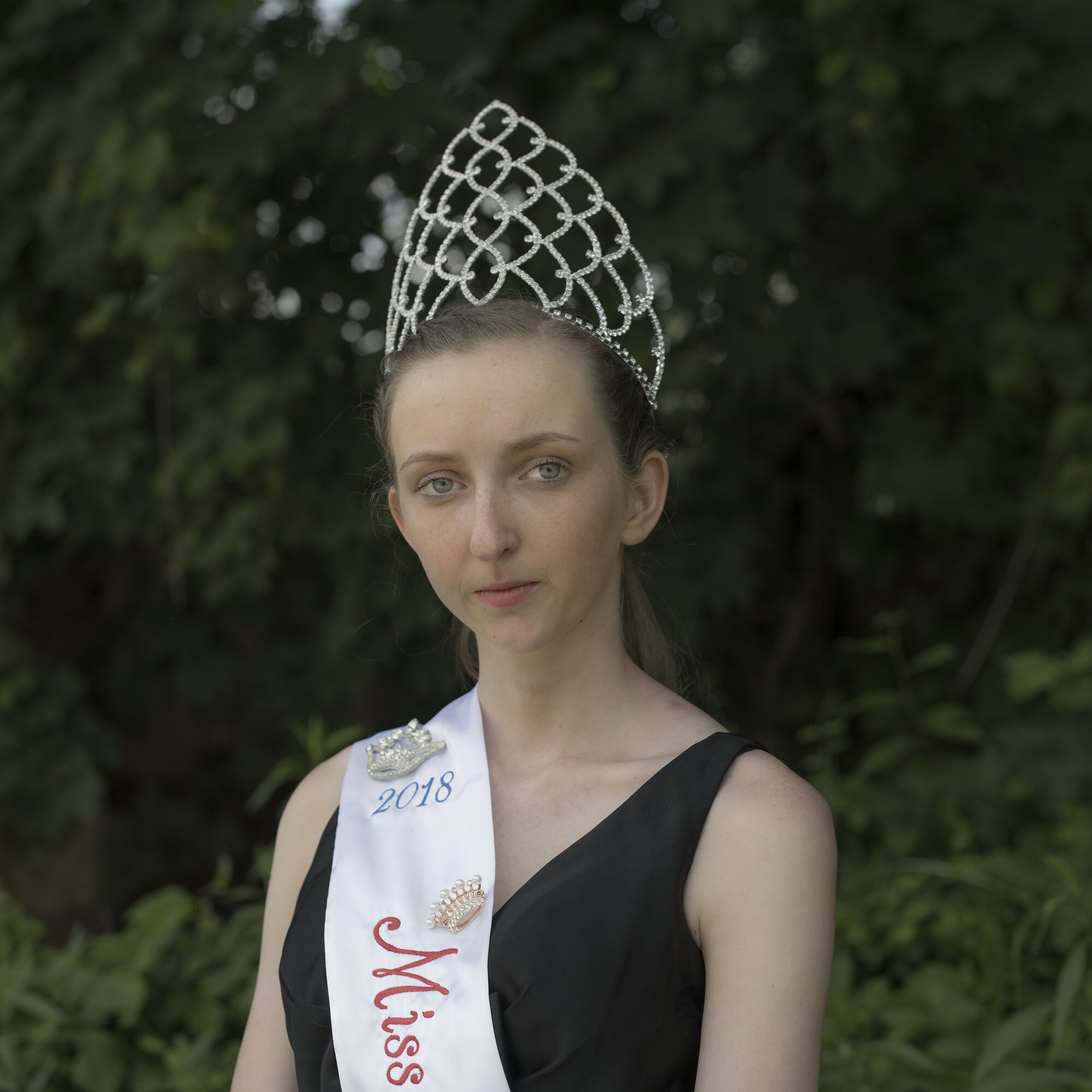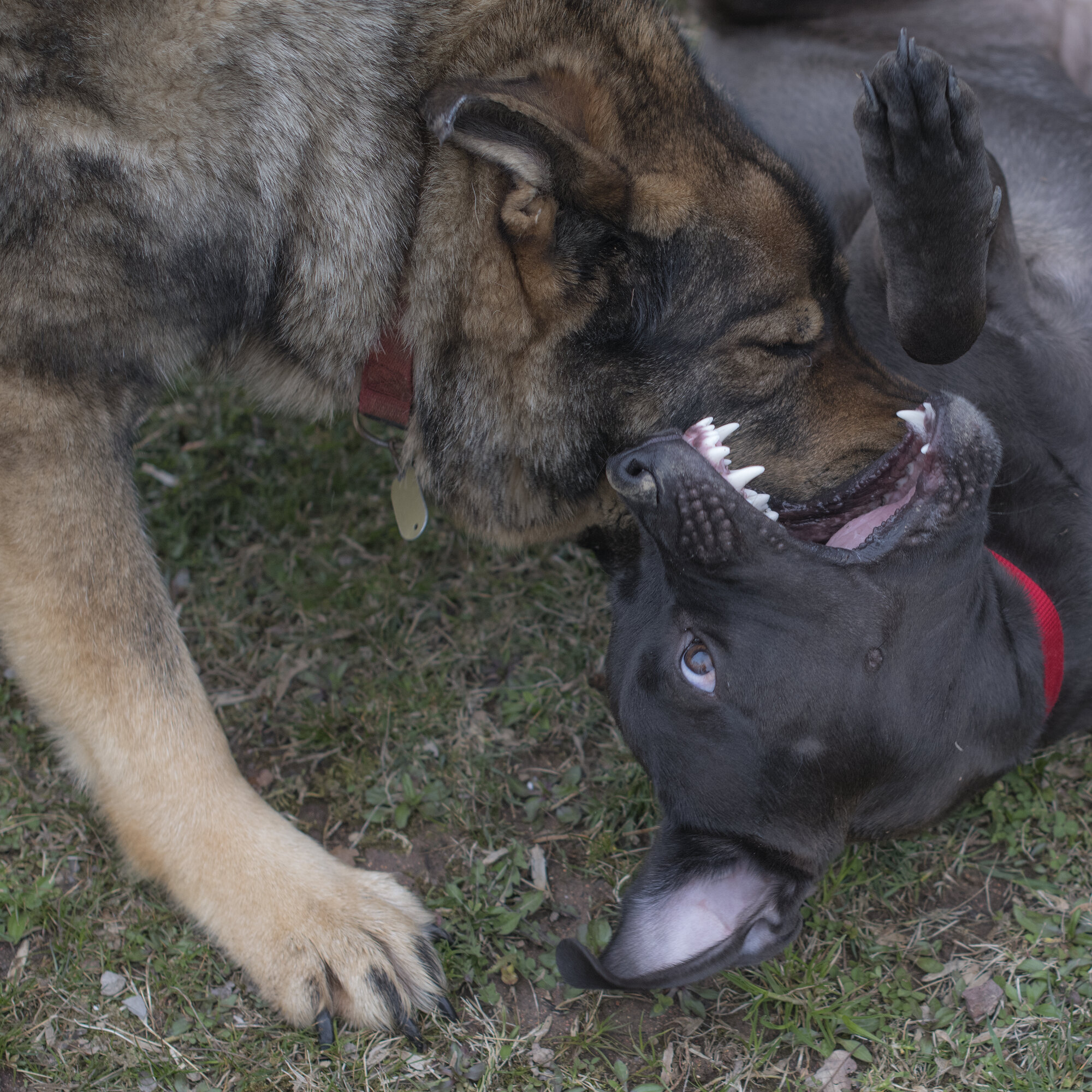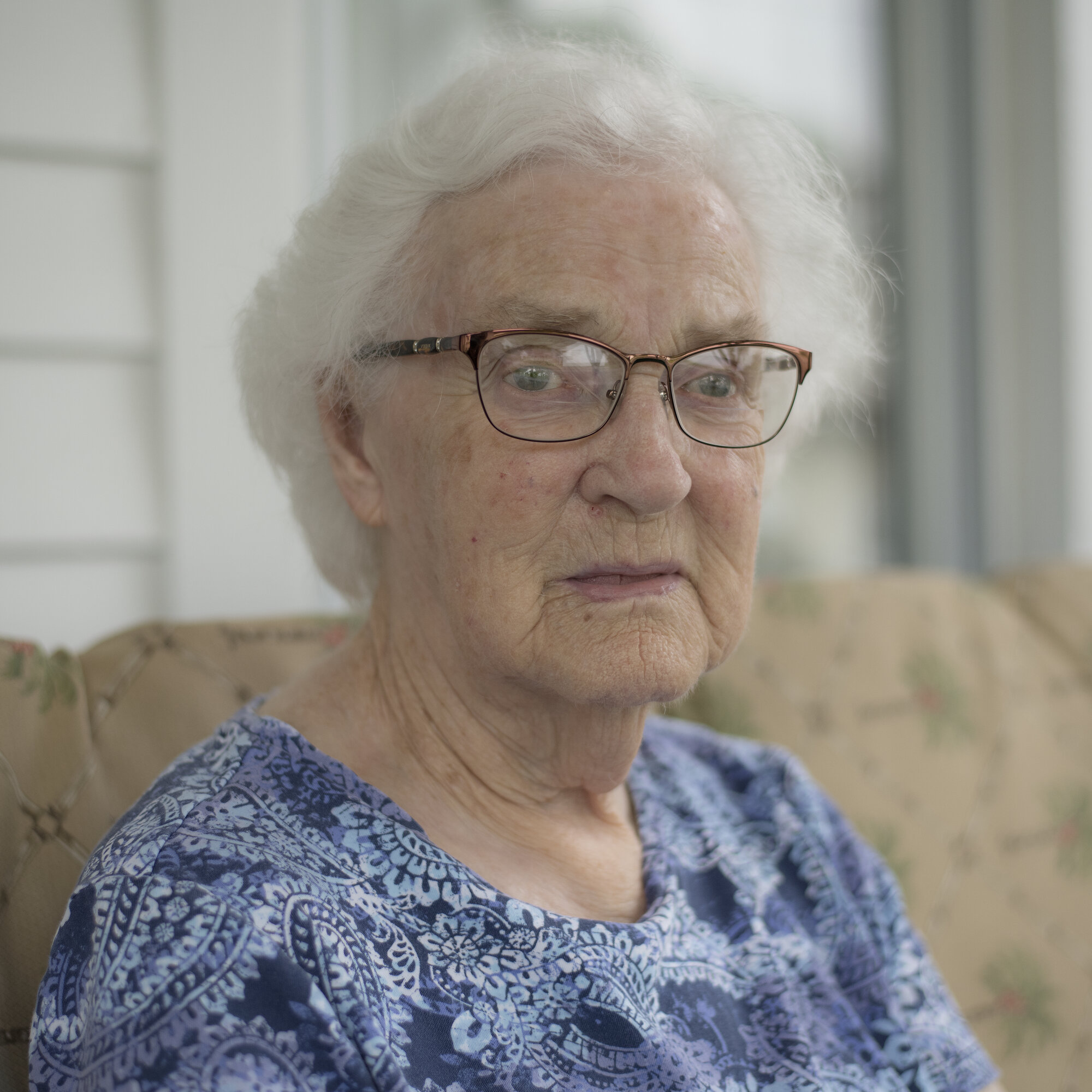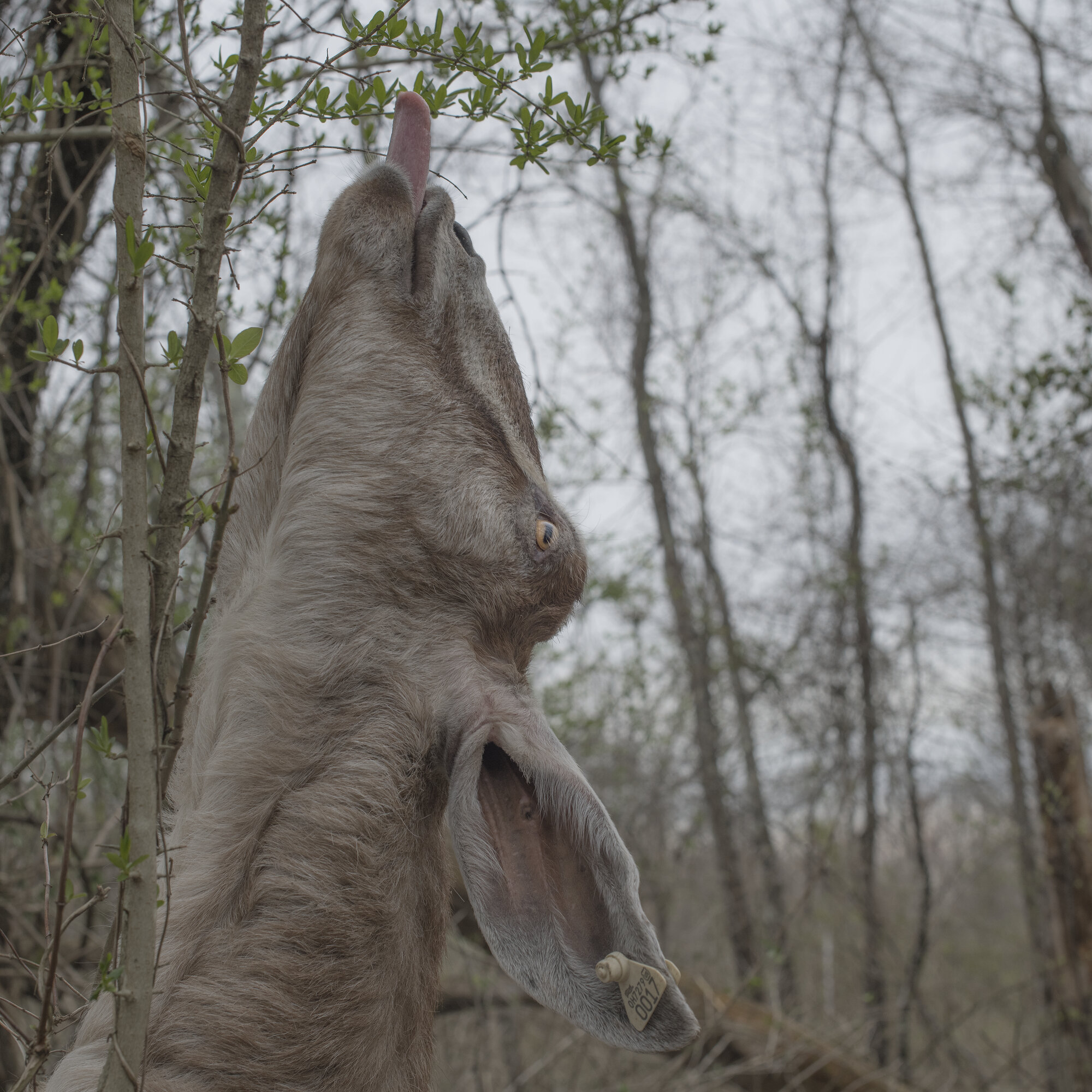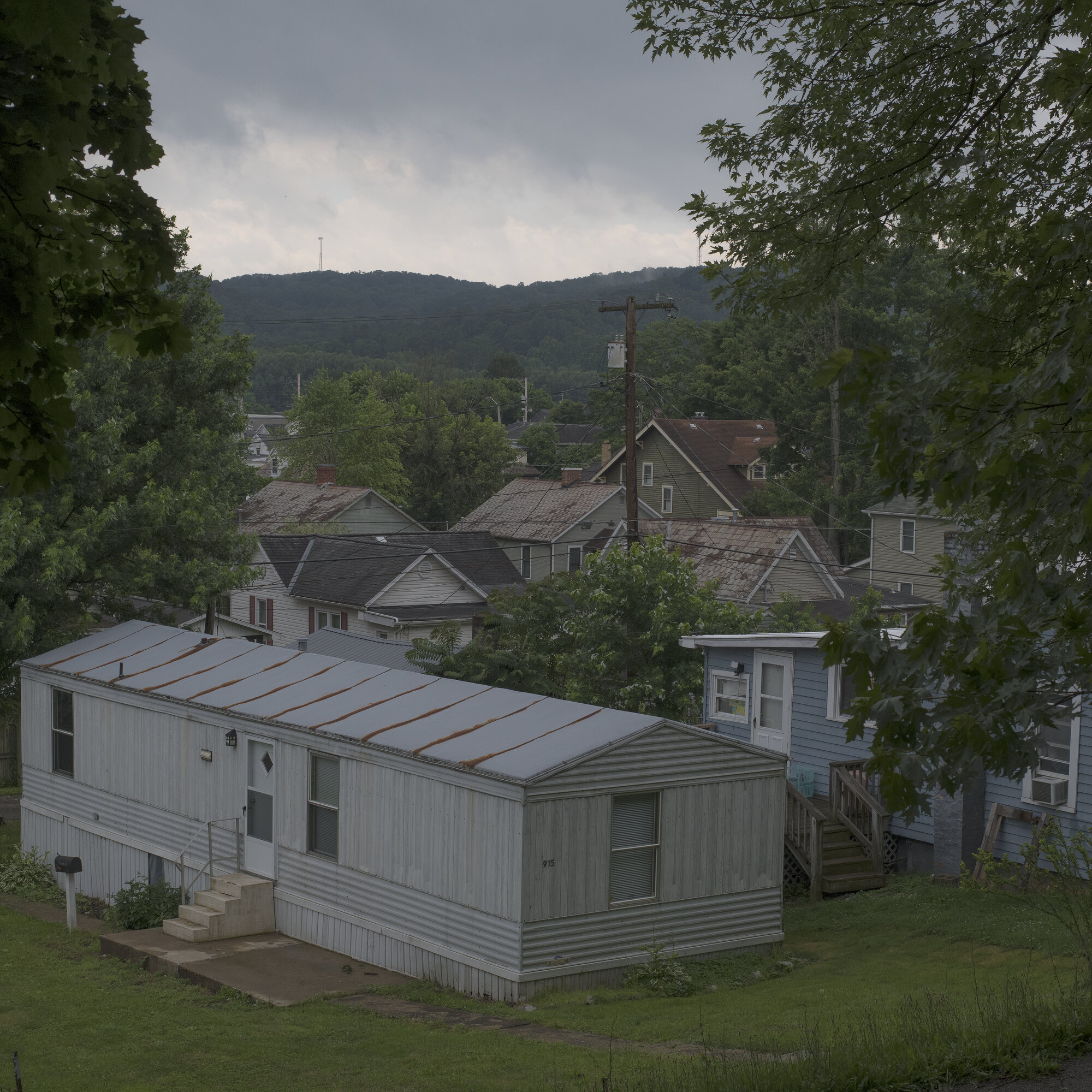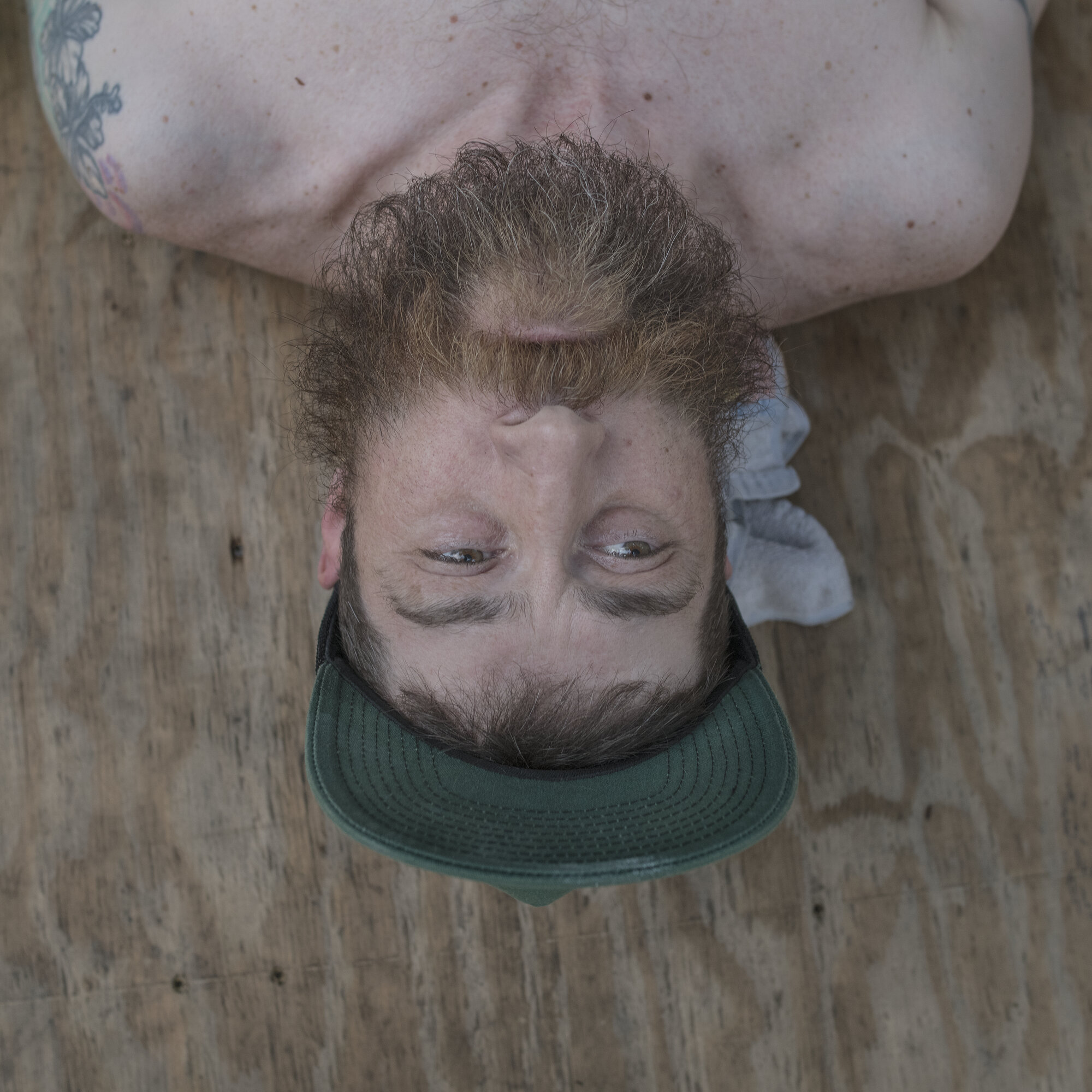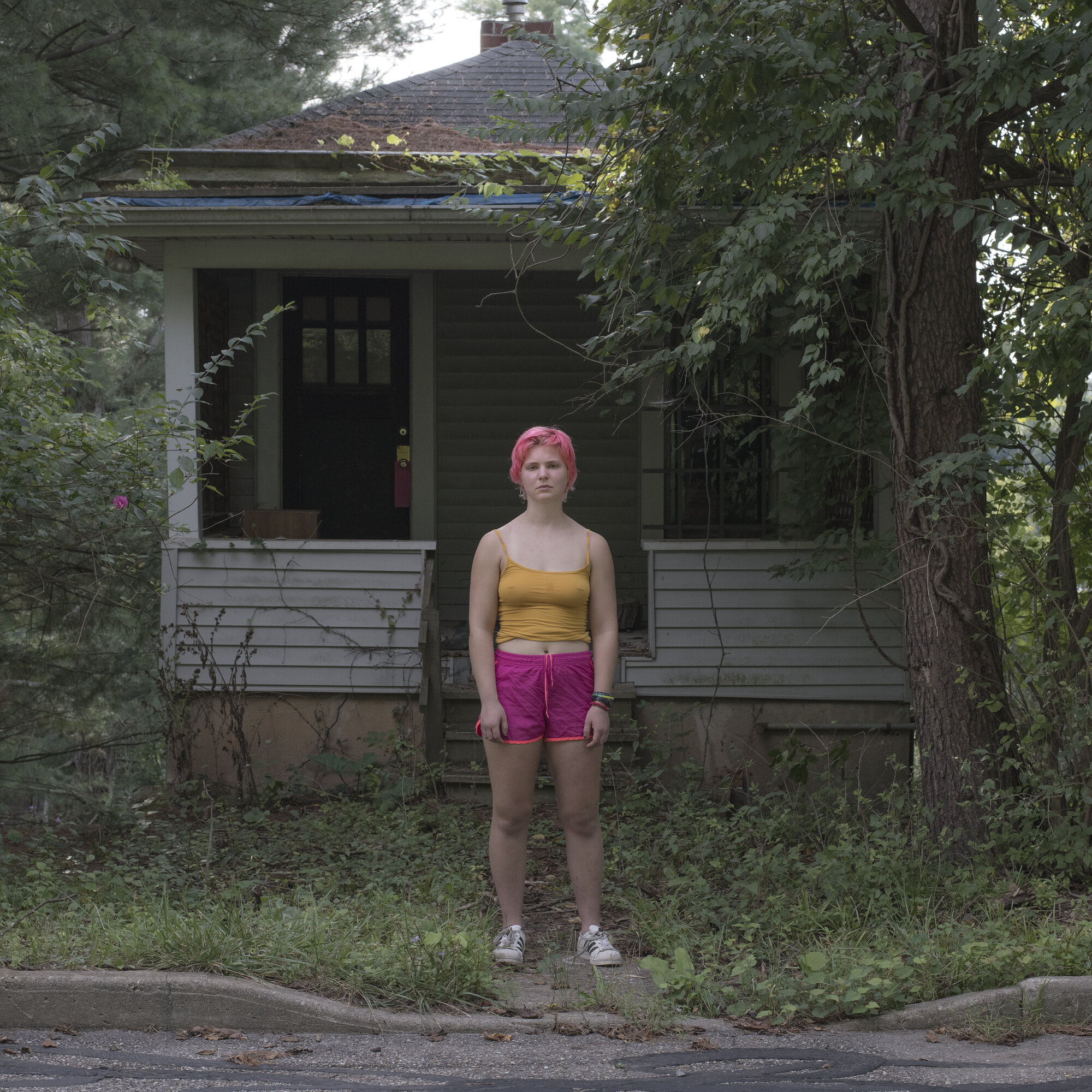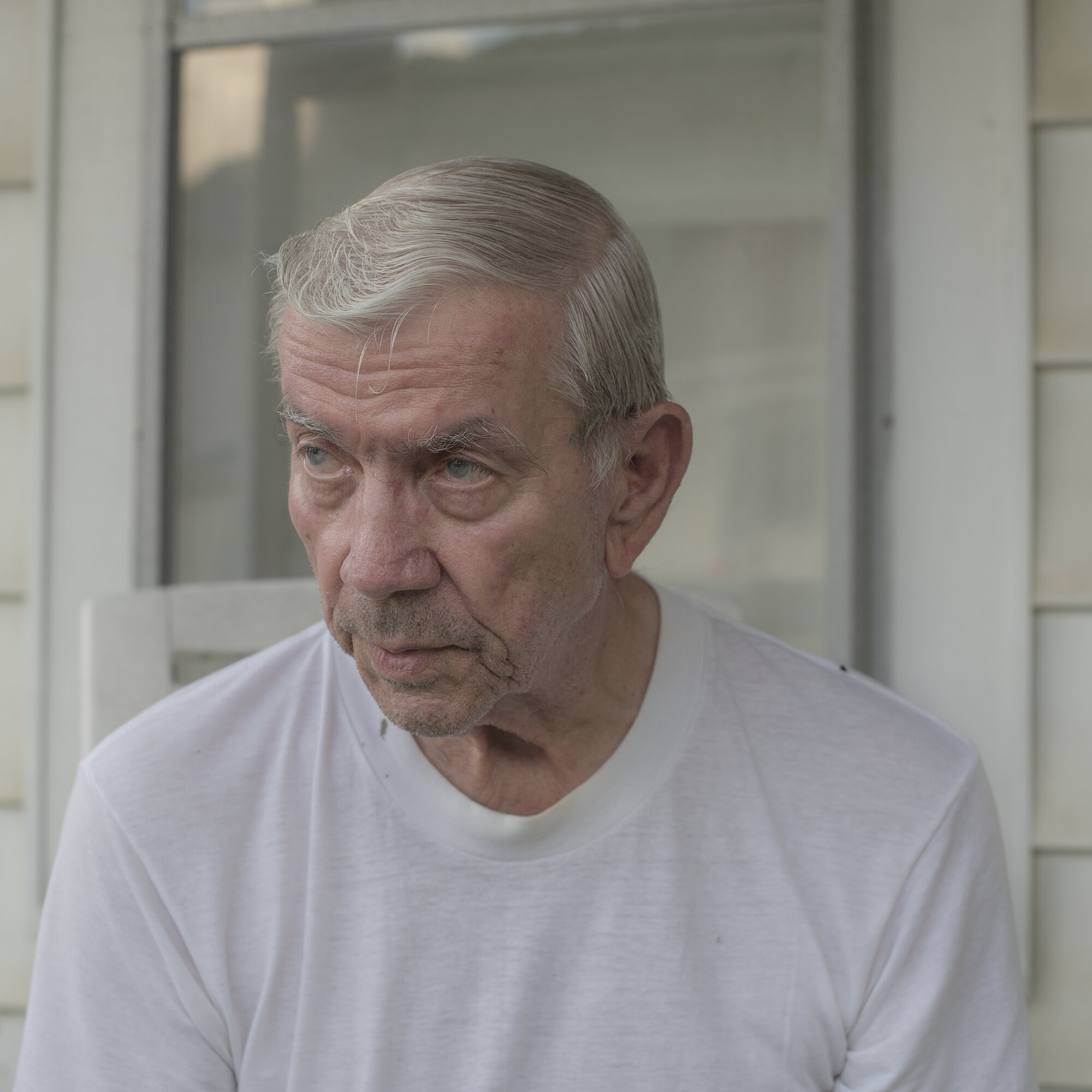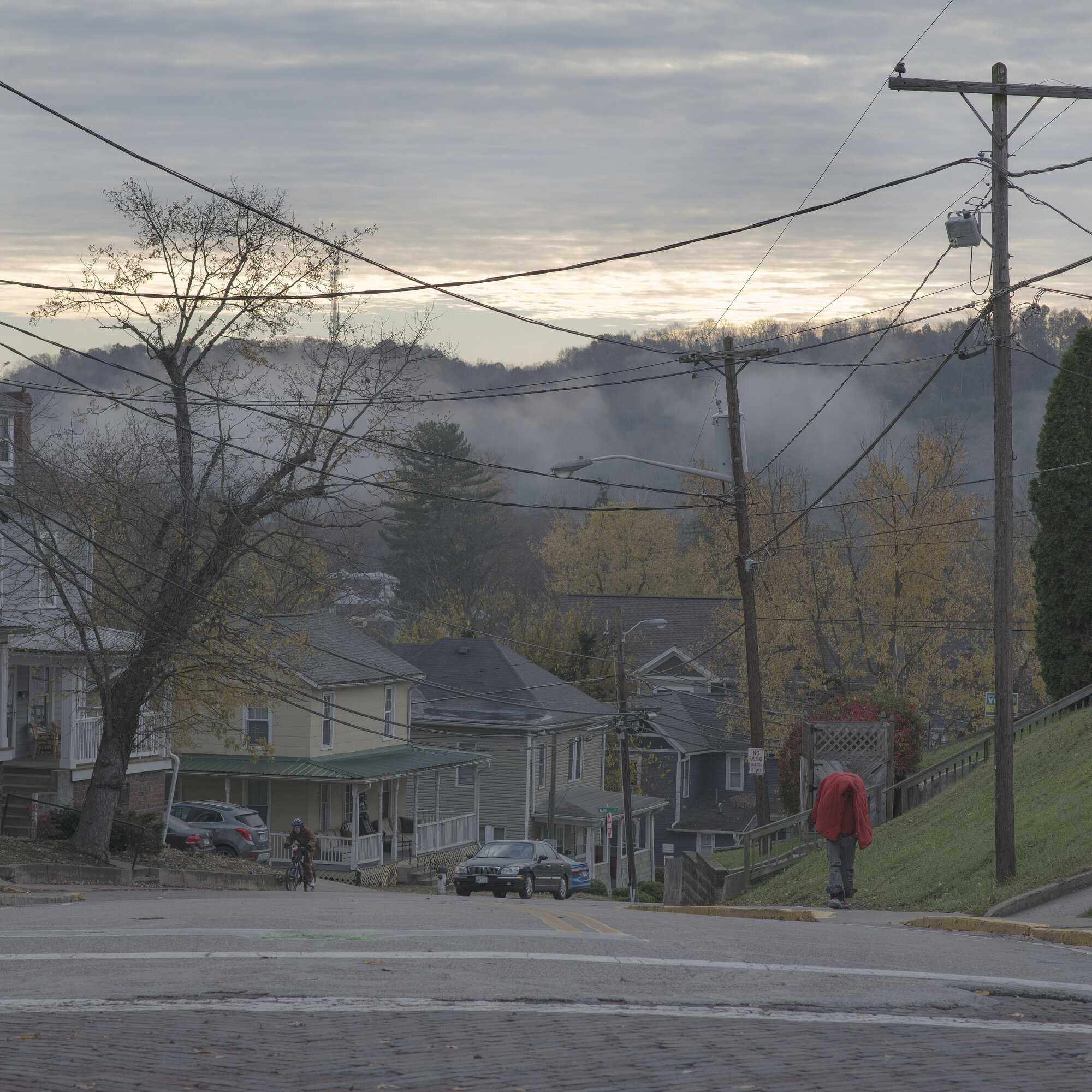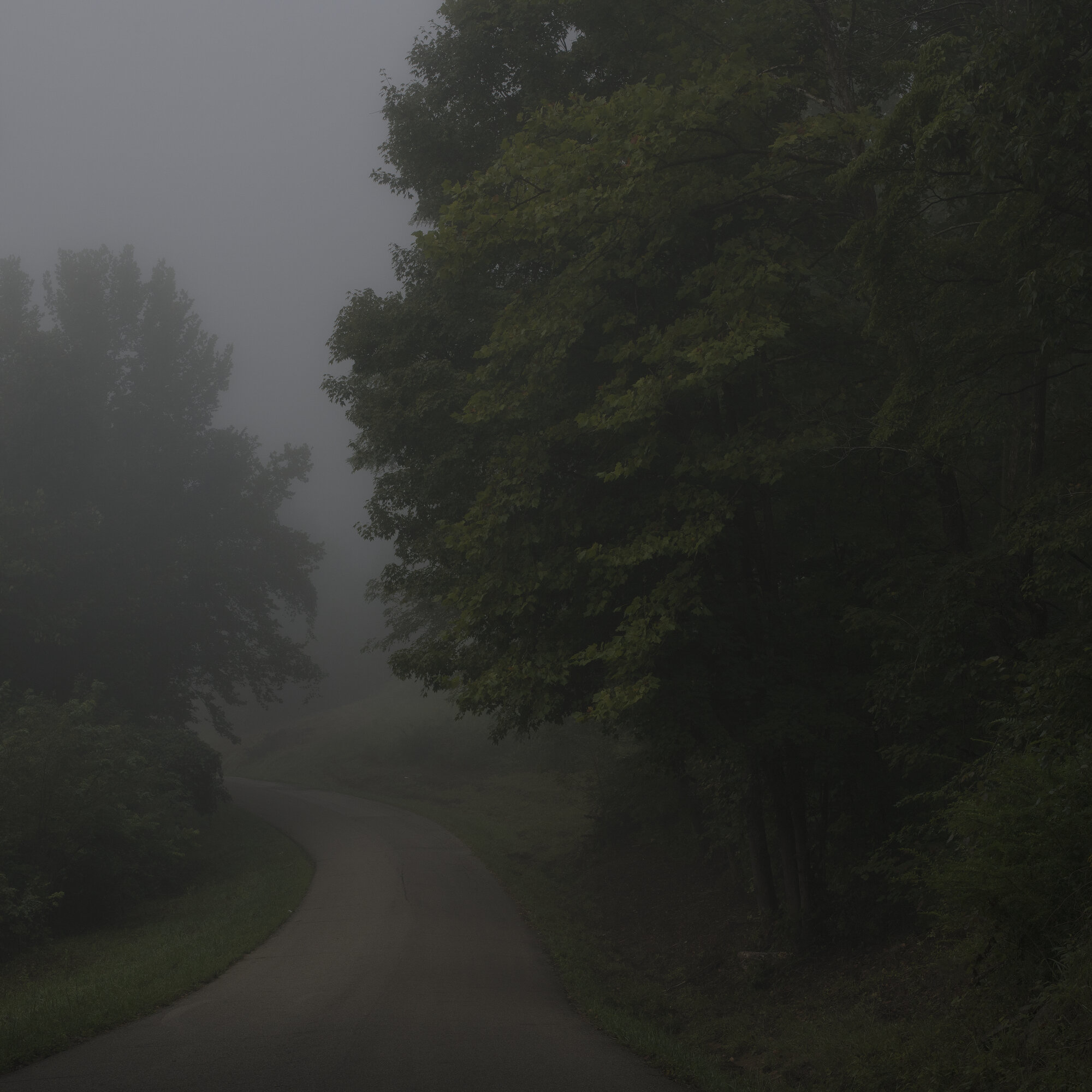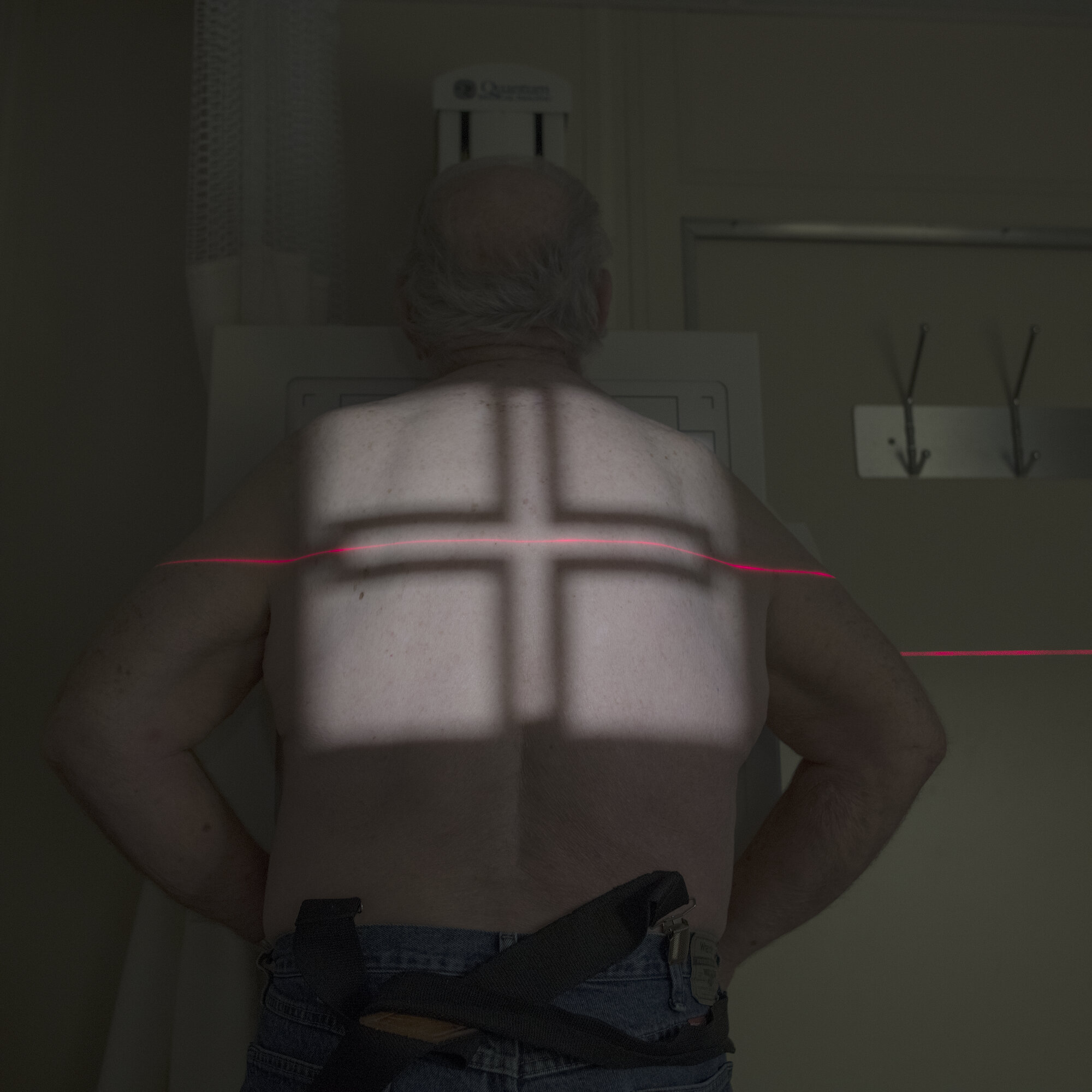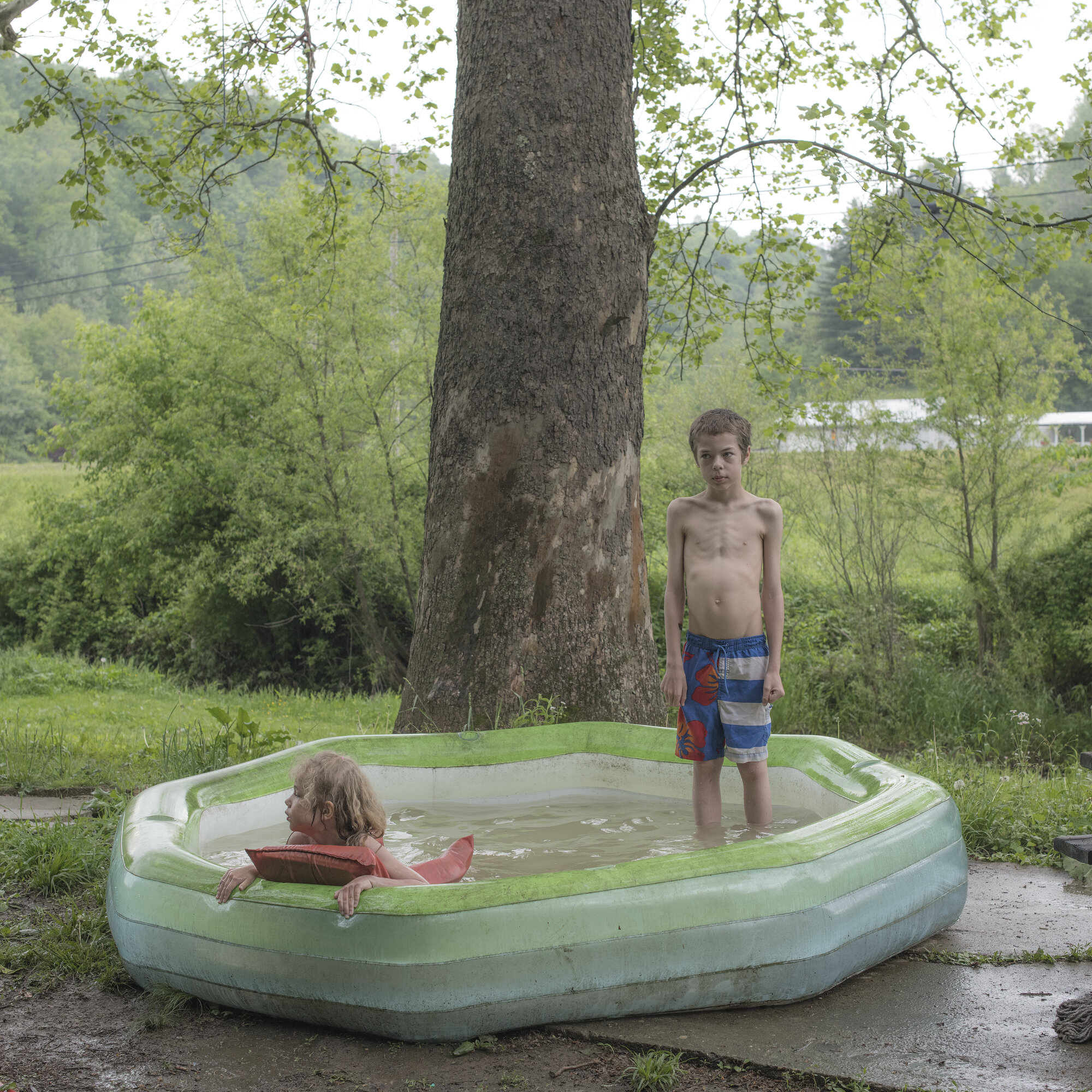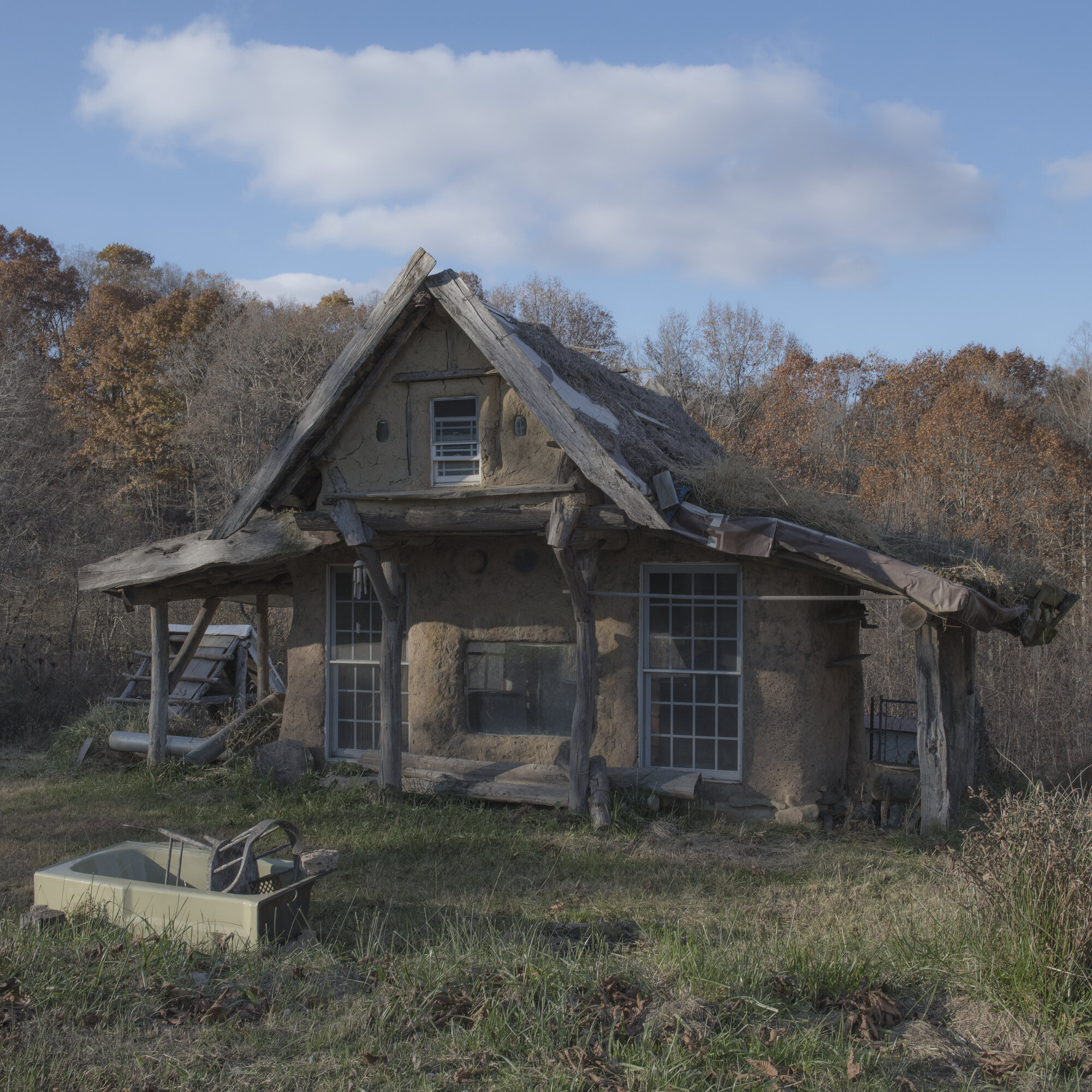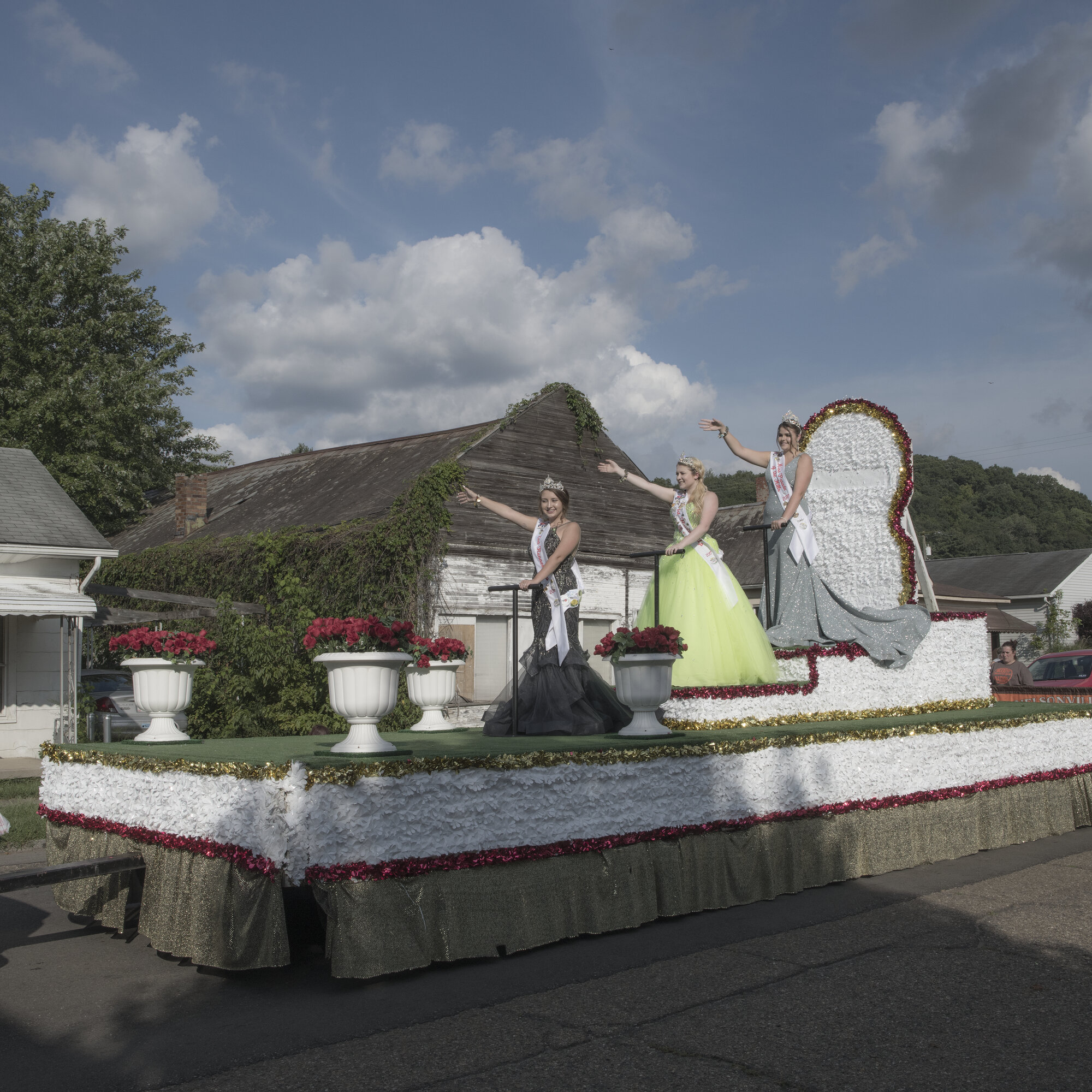Book Review: “Rich-Joseph Facun: black diamonds”
By Odette England | September 2, 2021
Published in 2021 by Fall Line Press
60 color photographs, 3 historical photographs
128 pages, Hardcover, 10” x 11”
First Edition of 1,100
Essay by Alison Stine
I
Is the total black, being spoken
From the earth's inside.
There are many kinds of open.
How a diamond comes into a knot of flame
How a sound comes into a word, colored
By who pays what for speaking.
Some words are open
Like a diamond on glass windows
Singing out within the crash of passing sun
Then there are words like stapled wagers
In a perforated book—buy and sign and tear apart—
And come whatever wills all chances
The stub remains
An ill-pulled tooth with a ragged edge.
Some words live in my throat
Breeding like adders. Others know sun
Seeking like gypsies over my tongue
To explode through my lips
Like young sparrows bursting from shell.
Some words
Bedevil me.
Love is a word another kind of open—
As a diamond comes into a knot of flame
I am black because I come from the earth's inside
Take my word for jewel in your open light.
***
I start with Coal. The American poet Audre Lorde, in her 1978 book of the same name, used these words as a source of power. Rich-Joseph Facun, in his photobook Black Diamonds, uses images as a source of reverence. Lorde dedicates Coal “To the People of Sun, That We May All Better Understand.” Coal, the shiny black sedimentary rock often referred to as buried sunshine. Where do we bury our deepest lights, our brightest darks, for sunshine lamps to find? Facun uses his camera to find out. To think about language and internal landscapes; putting old words, old worlds into new pictures.
Repeat the word word for emphasis.
Black Diamonds is about twoness. Using what we have in the quantities bestowed. Two arms to hug and carry; two legs to walk and tarry. Two ears to listen; one mouth. Keep it closed, back-in-thirty-minutes closed. Smiling for the camera; it’s a glorified luxury.
The cover illustration offers many reads: tree roots, ancestry lines, wrinkles above heavy brows, a map with a railroad. Also, lungs, veins, and vessels. Blood circulating like a train around the heart of community. Buh-bum… buh-bum… buh-bum…
The last image, final call, the last train home. Though, is it coming or going?
If you leave me, can I come too?
***
Black Diamonds begins with A Diamond or A Coal by the Victorian poet Christina Georgina Rossetti. A parable of intense feeling, qualities in cahoots with Facun’s subject matter and camerawork. It’s like that game, money or the box. Always choose the box.
Facun’s is an anthology covering vast ground. Appalachia, coal mining, dereliction, labor, tolerance, inertia, strength, giving, the songs of knolls. It is also about feeling through images. Emotions have weight. There’s a reason we use the word ‘baggage’ with them.
Trim the photographic fat. I had a professor fond of soft-tossing this phrase to his students. Applied here, Facun is a master butcher. Is there fat to trim when photographing a knot of communities already so lean it is almost angular? ‘Knot’ is not the collective noun for communities but it should be. Knot as in bond, thicker than blood, close to the bone, closer to home. When corporations speak of fat-trimming they refer to eliminating excess for increased profits. The people of the Little Cities of Black Diamonds that Facun introduces us to have wealth beyond ‘stuff’. They deal in the currency of love, one of the most precious natural resources of all.
Endpapers matter. In this book, the repeating motif of trees reminds me of a wallpaper; leafy silhouettes patterned across the page. After which comes an image of a fogged-in forest, then a figure wearing a crude ghost-like costume. It is on the fourth image I linger longer. A darkened room with discarded U-Haul packing boxes on the floor, propping up three American flags on sticks, the kind you wave on the Fourth. Here, on the walls of this room, is where the wallpaper-as-endpapers hails. Your careful eye will offer rewards, I hear the ghost murmur. I imagine Facun making this photograph after he and his wife and children move into the house that will, in time, become home. I could be wrong about that*.
Black Diamonds includes deft decisions with image sequencing. Some picks include the portrait of Miss Moonshine 2018, her dulled faux diamond crown echoed in the spider’s punctured web on the facing page. The image inside Foxy’s Bargain House offering copies of Playboy and Hustler for sale, the latter cover of which bears naked women play-wrestling, their pose reiterated in a close-up of two dogs jaw sparring. Young Bo modeled into the sun, cradling his sousaphone, followed by a house on Hubie Bobo Lane, Chauncey, its deer statues missing one or both ears. Unable to hear the images of marching bands and pageants that come later. John, a former coal miner, the color and shape of his hair and beard mirrored in the chemically-treated foils wrapped around Opal’s locks. It is through these and other photographs Facun emphasizes the many types of change to which we succumb, willingly or otherwise.
But it is home that feels like a dominant sun around which Facun’s galaxy of images orbit. The spider who must make and remake its home daily. The boxed turtle carrying their home on their back, mimicked in the shape of the caravan overleaf. The startled baby bird backed into a brick corner, missing the warmth of its nest. Nehru the cat, at rest in a shallow grave. The bouncy castle at the Indian Mound Festival. Homecoming queens. Even Jesus on Main Street, calling us to heaven.
I think about what Facun implies in these penetrating yet grey-washed-like-a-favorite-t-shirt photographs. Seeing into souls, who people are, rather than what they do or where they live. The low frequency hum of rituals and annual events that remind us: you’re not getting any younger. The incredulous expression of a monkey who cannot fathom a little girl not wanting to cough up a measly dollar for a picture. A radiation mask in an abandoned shopping cart. The dangers of making assumptions based on words or pictures alone. Erik, whose forehead may read ‘Damaged’ but his eyes speak only of wisdom and care.
The epilogue includes the autobiographical essay If I left Appalachia by the author Alison Stine, and an image that suggests one of two types of light at the end of the tunnel. Folks standing at the edge of a soil-covered precipice, many with their right hand crossing their heart in respect, hoping not to die.
I end at the beginning. In Black Women Writers (1950-1980): A Critical Evaluation, Joan Martin writes of Lorde “… her writing rings with passion, sincerity, perception, and depth of feeling.” The same is true of Facun’s photography. To which I would add: aching. Every friend, stranger, pet, and train returns to its shelter at some indefinite point, even if at a slow, languid pace. Each aching for something or someone. We may feel “at home” in many different places but only a few will have the distinction of being home. That’s the ache that no photograph can cure, no coal can warm.
***
*I am wrong; there is a longer story behind this image, one for another time. But I share this touching snippet Facun wrote about it: Unfortunately, that beautiful wallpaper has since been removed, there are no longer any signs of it.
Black Diamonds is available from Fall Line Press.
All images by Rich-Joseph Facun from Black Diamonds. Courtesy the artist and Fall Line Press.

